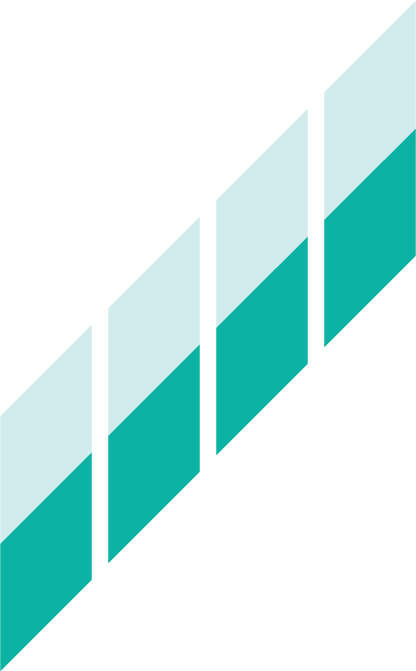You will need
- quilting ruler - my most used ruler is an OmniGrid 6x24
- marking tool - my favorite is the Clover Chaco liner
1. Mark your seam allowance Along the edge you want to stitch
I like to take the total measurement of my piece and subtract 1/4" so that if my piece is not perfectly cut, excess is added to or subtracted from the seam allowance instead of my finished block. You could mark the entire stitching line but the end goal is to have 3 intersections so I only mark where my line would cross my existing seam and each end.
2. Rotate your piece and mark the ends
Make a mark 1/4" in from each end that intersects the marks you made for your stitching line.
3. Repeat on the opposite piece
You may want to make these marks on the wrong side of the fabric so that when you lay your pieces right sides together the marks are all on the sides facing up.
4. Layer your pieces right sides together and pin
Stick your pin straight through each of your intersections (use the diagonal seam in lieu of a second mark for your middle point).
A couple tips:
- I find that if I stick my pin all the way through so that both layers of fabric are right up against the pin head, it works as a pivot point and helps get my fabrics lined up just right.
- I start with the middle point first and then do the ends.
- Depending on how wide your marks are, you may find it helpful to pin just to the inside or outside of your mark (this will depending on your exact measuring and marking technique).
5. Stitch and press
Stitch right along your marks (take your pins out as you go, don't stitch over them). Open up your piece and check that your seams line up to your satisfaction. Once it looks good, press your seam open. Your diagonal seams should line up perfectly.










